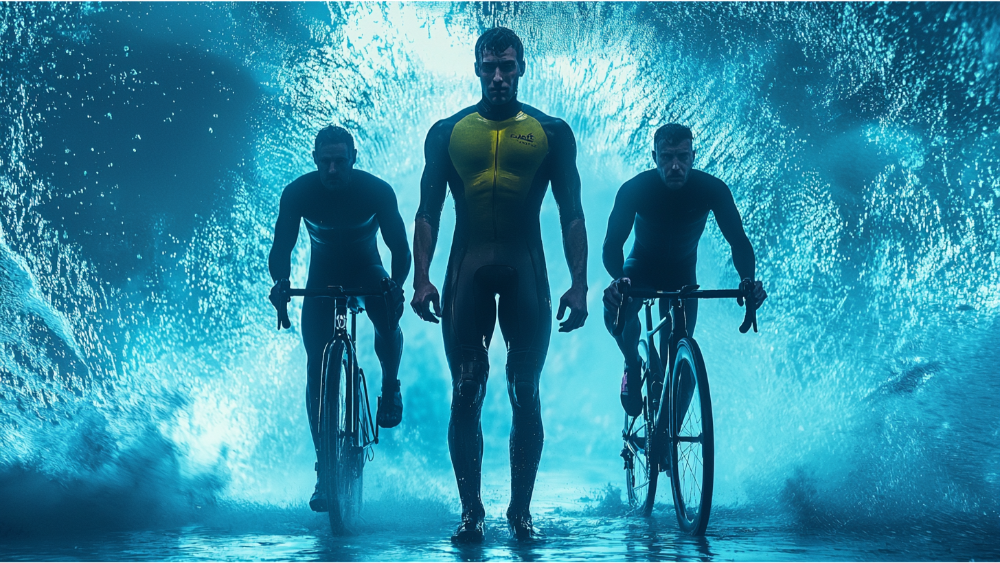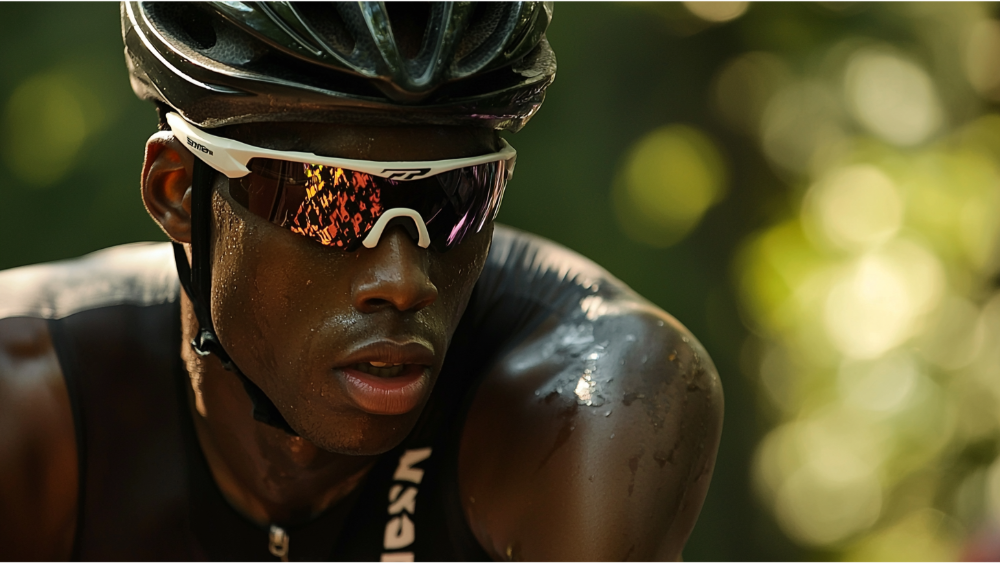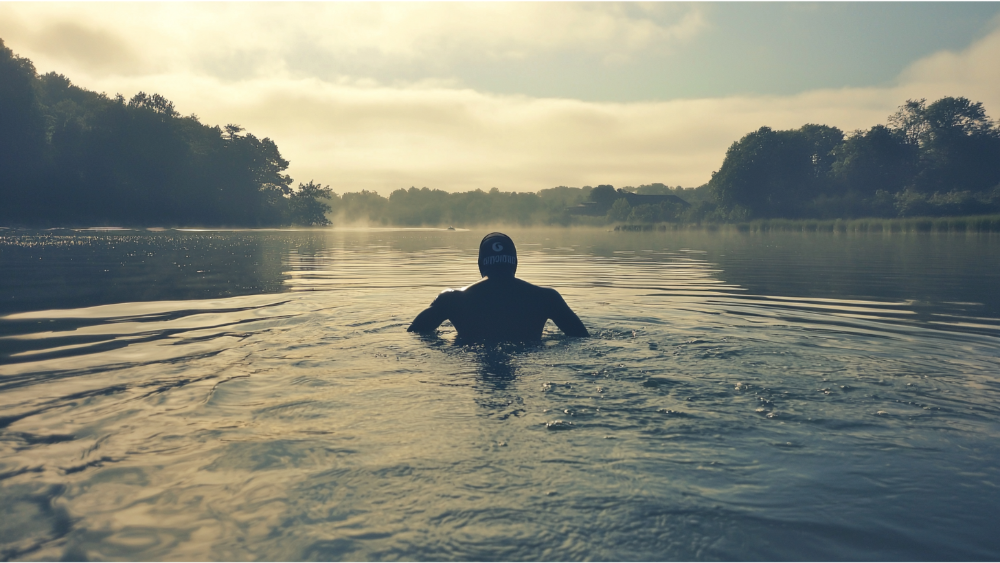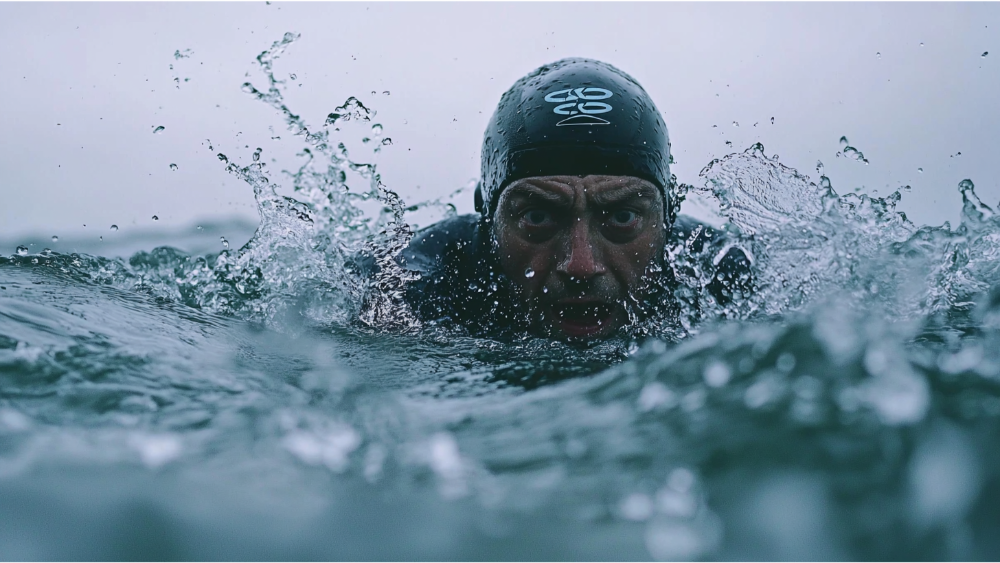Training for an Ironman is a monumental task that demands dedication, perseverance, and strategic planning. This comprehensive guide will explore how long it typically takes to prepare for an Ironman, examining various factors that influence training duration, outlining typical training timelines, and discussing essential components to ensure you’re fully prepared for the challenge ahead.
Overview of Ironman Competitions
An Ironman triathlon consists of a 2.4-mile swim, a 112-mile bike ride, and a 26.2-mile marathon run. Completing an Ironman is not only a test of physical endurance but also a significant mental challenge. With the increasing popularity of Ironman races, many aspiring triathletes wonder: how long does it take to train for an Ironman?
Importance of Proper Training

Proper training is essential not only for successfully completing an Ironman but also for preventing injuries throughout the process. Whether you’re a beginner or a seasoned athlete, understanding the right amount of training time can make all the difference. This article will walk you through the key timelines and important factors that will help you determine how long you need to prepare for this challenging event.
Beginner Athletes
For beginners, training for an Ironman typically takes anywhere from 6 to 12 months, depending on your current fitness level and experience in endurance sports. Starting early gives you time to gradually build up your stamina and strength while minimizing the risk of overtraining or injury. It’s important to incorporate a balance of swimming, cycling, and running sessions into your schedule, ensuring that all three disciplines are well-practiced by race day. A gradual progression allows your body to adapt to the increasing demands of the race without placing unnecessary strain on it.
Experienced Athletes
For experienced athletes, the training timeline may be shorter, ranging from 4 to 6 months. However, even experienced competitors need to focus on smart, structured training. The emphasis here is on refining techniques, increasing endurance, and ensuring that your body is well-conditioned for the physical and mental demands of the Ironman. Incorporating rest days and recovery periods is also critical to avoid burnout and injury.
In addition to time, other factors play a role in how long you need to train, including your fitness background, injury history, and available time for consistent training. Nutrition, recovery strategies, and cross-training are all key components of a well-rounded training plan. This article will help guide you through the process so that you can confidently prepare for your Ironman race.
Factors Influencing Training Duration

Current Fitness Level
Your current fitness level plays a significant role in how long you’ll need to train for an Ironman.
Beginners vs. Experienced Athletes
- Beginners may require more time to build up the necessary endurance and skills in swimming, cycling, and running. A typical timeframe for beginners is around 12 months.
- Experienced athletes who already have a solid foundation in endurance sports may only need 6 months to prepare, assuming they are already capable of completing a half-marathon, cycling for significant distances, and swimming comfortably.
Previous Endurance Experience
Having prior experience in triathlons or other endurance events can significantly impact your training timeline.
Importance of Past Races
Athletes with previous race experience typically have a stronger grasp of pacing, nutrition strategies, and race-day logistics. This knowledge allows them to prepare more efficiently and reduce their overall training time. Their familiarity with these key aspects helps streamline the process, enabling them to focus on refining their performance.
Personal Commitments and Lifestyle
Your personal lifestyle and commitments also play a crucial role in determining your training duration.
Time Available for Training
Considerations such as work, family obligations, and social commitments will affect how much time you can dedicate to training each week. If your schedule allows for more flexible training sessions, you might progress faster than someone who can only commit to a few hours each week
Typical Training Timelines

6-Month Training Plans
Who Can Train in 6 Months?
A 6-month training plan is suitable for athletes who are already capable of running at least 10-12 miles, cycling up to 40-60 miles, and swimming a mile
Training Structure
A typical 6-month plan will involve building a solid fitness base during the first few months, transitioning into more intense training as race day approaches. Key components include:
- 8-10 training sessions per week that combine steady endurance workouts and high-intensity speed sessions.
- Gradual increases in long workout volumes to align with race distances, such as 20-mile runs and 80-mile bike rides in the peak months.
12-Month Training Plans
Advantages of a Longer Training Cycle
A 12-month training plan is generally recommended for most athletes, especially those new to triathlons. This extended timeline allows for gradual acclimatization, injury prevention, and ample time to incorporate shorter races into your schedule
Phases of Training
Training can be broken down into several distinct phases:
- Base Phase: Focuses on building endurance and preparing the body for longer distances.
- Build Phase: Increases the intensity and volume of workouts.
- Peak Phase: Prepares the athlete for race conditions with race-specific workouts.
- Taper Phase: Reduces training volume to allow for recovery and peak performance on race day.
Essential Components of Ironman Training

Developing a Strong Base
Building a strong base is crucial for success in Ironman training.
Importance of Base Training
During the base phase, athletes should focus on increasing their endurance through consistent, long-duration workouts that allow the body to adapt.
Structured Training Plans
Example of a 12-Month Plan
An effective 12-month training plan will typically include:
- 3-4 runs per week, including one long run.
- 2-3 swims per week, focusing on technique and endurance.
- 3-4 bike rides per week, progressively increasing in distance.
Nutrition and Recovery
Importance of Proper Fueling
Proper nutrition is essential for optimal performance. Athletes should prioritize a balanced diet that includes sufficient carbohydrates, proteins, and healthy fats to support their training
Recovery Strategies
Including rest days, active recovery, and adequate sleep in your training routine is essential for avoiding injuries and preventing burnout. These practices allow your body to heal, rebuild strength, and maintain long-term performance. Prioritizing recovery is just as important as the training itself for overall success and well-being.
Mental Preparation for Ironman Training

Setting Realistic Goals
Importance of Goal Setting
Setting achievable goals helps maintain motivation throughout the training cycle. Assess your current fitness level and set progressive milestones leading up to race day
Managing Motivation and Burnout
Strategies to Stay Motivated
Training for an Ironman can be mentally taxing. It’s important to implement strategies that help manage motivation levels and prevent burnout, such as varying your workouts and incorporating cross-training activities
The Role of Support and Community
Finding Training Partners
Benefits of Group Training
Training with a group can boost both motivation and accountability, making your Ironman preparation more enjoyable and effective. The shared experience of working toward a common goal helps maintain focus and can push you through tough days. Joining a local triathlon club or finding a dedicated training partner allows you to benefit from the support, advice, and camaraderie of others. Having others around can also make training sessions more fun and help you stay consistent, ultimately improving your overall performance. Whether you’re a beginner or a seasoned athlete, training with others can significantly enhance your journey.
Utilizing Resources and Coaching
Professional Coaching Options
Hiring a coach or using structured training plans can provide invaluable guidance and personalized training strategies, especially for those new to the sport.
Frequently Asked How Long Does it Take to Train for an Ironman Questions

Do I Need to Complete a Half-Ironman First?
Importance of Experience with Shorter Distances
While not mandatory, completing a half-Ironman (70.3) is highly recommended. It allows athletes to experience longer-distance racing and practice nutrition strategies.
Can I Train Without Previous Endurance Experience?
How to Start from Scratch
Complete beginners can successfully train for an Ironman by gradually building up their fitness level. Start with shorter runs, bike rides, and swims before progressing to more intense workouts
Conclusion

In conclusion, the time required to train for an Ironman can vary significantly based on several factors, such as your current fitness level, prior experience with endurance sports, and how much time you can dedicate to training each week. For those starting with little or no endurance training experience, it typically takes between 6 to 12 months of consistent training to adequately prepare for the physical demands of the race. This longer timeline allows beginners to gradually build their strength, endurance, and proficiency in swimming, cycling, and running, all while minimizing the risk of injury.
On the other hand, athletes with more experience may be able to complete their Ironman training in a shorter time frame, around 4 to 6 months. However, even experienced competitors should ensure that their training plan is well-structured and incorporates adequate recovery to avoid overtraining.
Ultimately, the amount of time you’ll need depends on your unique situation, including factors like your fitness background, how quickly your body adapts to training, and your personal goals for the race. Whether you’re a first-time participant or a seasoned athlete, it’s essential to give yourself enough time to prepare properly for both a successful race day and injury prevention.
Final Thoughts on Ironman Training
Embarking on the journey to complete an Ironman requires dedication, strategic planning, and a positive mindset. With the right training plan and resources, anyone can conquer this monumental challenge

Leave a Reply